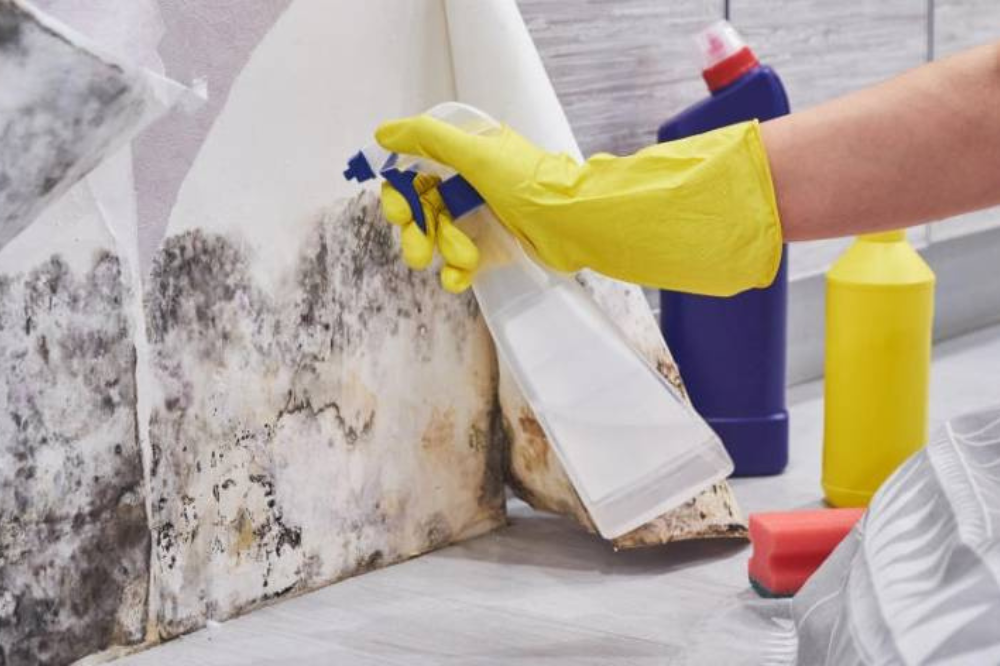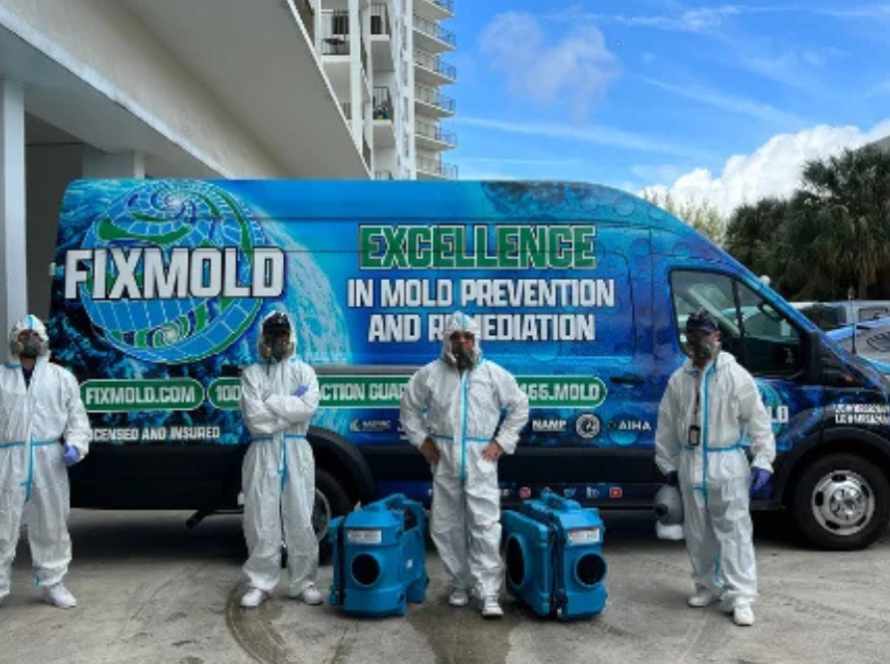The growth of mold is possible in virtually any setting, and its presence tends to be more pronounced following natural disasters such as hurricanes and floods, necessitating the need to remove mold effectively. If you’re unfortunate enough to find yourself with a mold problem after a disaster or flooding, take the opportunity to remove it from your home before the spores spread.
Mold poses serious health risks (and bad smells), but fortunately, it’s not necessarily permanent. With detailed work and dedication, you should be able to completely get rid of mold from your home in no time at all.
There are several different methods for removing mold that range from simple to slightly challenging – choose the one that best suits your needs!
Bleach, Hydrogen Peroxide & Vinegar is your friend
Bleach is very effective at killing mold, so it’s a great first line of defense against your mold problem. The most common method of using bleach to remove mold is to apply diluted bleach to the affected areas and let it sit for several hours. Be sure to wear protective gloves, eye protection, and a respirator mask so you don’t inhale the bleach fumes or have contact with any bleach that gets on your skin.
If the affected area is large and you’re concerned about the time it will take for the bleach to work, you can also try running a bleach solution through a low-pressure sprayer and spraying it directly onto the moldy areas.
Hepa Vacuum & Spray
You can use a hepa vacuum to remove visible mold spores, and then mix up a solution of water and household cleaner listed above to spray the affected areas. The Hepa Vacuums filters will remove the spores, which can later be spread around if you don’t take further action. The next step is to mix up a solution of water and an appropriate cleaner.
You can use a variety of different cleaners, but ammonia, vinegar, and hydrogen peroxide are all recommended for killing mold spores. Be sure to read the labels carefully and dilute the cleaner as needed – you don’t want to damage your home’s surfaces. Spray the solution on the affected areas, and let it sit for a few minutes before wiping it away. If the moldy areas are high enough on the wall or ceiling to be difficult to reach with the sprayer then it would make sense to call in the professionals who can utilize more advanced technology to effectively rid the property of mold.
Baking Soda is your best friend
Baking soda is one of the simplest and most effective ways to remove mold. Sprinkle thick layers of baking soda on the moldy areas and leave it there for several hours – overnight would be best. Vacuum the baking soda away and repeat as necessary. When you’re done, you can use an appropriate cleaner to finish the job. If the moldy surface is particularly large and you doubt you’ll want to vacuum the baking soda away, you can make a thick paste consisting of baking soda and water and use a paintbrush to apply it to the surface. Be sure to let the baking soda paste dry before wiping it away.
Professional Help
If you aren’t sure which method to use or are dealing with a large-scale mold issue, it’s best to call a licensed and insured professional. A Fixmold that specializes in mold remediation in Brickell can properly assess the situation, handle safe mold removal, and help prevent future growth, or a trusted general contractor can recommend a qualified specialist.
Be sure to ask them about the methods they’ll be using to get rid of the mold – you don’t want them to use any harsh chemicals that aren’t 100% organic or EPA approved.
Keep in mind that while hiring a professional to remove mold may cost a little more, it will be worth it in the long run. Professionals are trained to handle serious mold removal situations, and they’ll be much faster and more thorough than you would be.
Most importantly they provide you with proof from a third party laboratory confirming that the house is cleared for clearance certificates.
Conclusion
Mold can be a serious problem for any homeowner. Growing in large quantities on sheetrock based walls, roofs, and even furniture. Fortunately, mold can be removed from your property – you just have to know what to do! Start with a thorough assessment to understand the underlying source. Stage the property and then clean the affected areas.You can use household remedies to disinfect and clean the affected areas but if you see it continuing to grow throughout the weeks you should immediately call a licensed professional.







